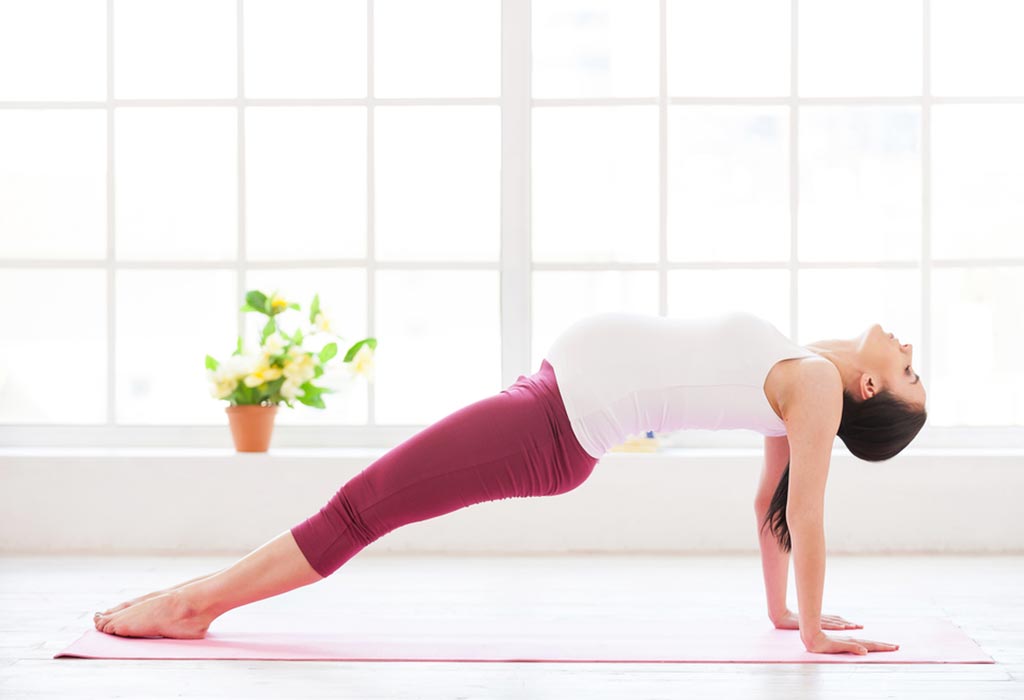Staying fit through early pregnancy
Staying healthy and fit once you’re pregnant is just one of the greatest things you can do for yourself and your baby. Even if you have morning sickness or other discomforts of early maternity, getting up and moving around will often help you feel much better. You need to rest when you have to rest, however.
Exercise may also help you regulate weight reduction, prepare you for bearing more fat, and get you in shape for childbirth. It’s fantastic for mood and sleep, too.
You likely are not discovering many important physiological changes yet, aside from feeling like you want a little more rest. The main rules for the first-trimester exercise are to look closely at those new limitations in your energy and to prevent falls. Ensure that your doctor knows what exercise you are undertaking, and talk to them about whatever new you begin.
Now is a fantastic time to add a low-impact exercise that you’ll be able to perform as your pregnancy progresses. For example, if you run for exercise three times per week today, substitute one session of water exercise for one weekly run through your first trimester. This way, you have got a head start on water workouts if and if you give up running.

Where to start
If you did not exercise regularly until you got pregnant, now’s the time to get in a habit that could serve you for a lifetime. Start with a very low level of effort and workout to half an hour every day, 3 to 5 times each week. If possible, use a trainer who has expertise in exercising during pregnancy.
Do not forget to enjoy yourself. When going to the gym is not for you, don’t beat yourself up about it. Go dance with friends or splash around in the pool. Any exercise is far better than none.
Pilates
Pilates can help you address among those challenges you’ll experience during pregnancy: equilibrium and lower back pain.
Pilates builds core muscles through a collection of equipment and floor exercises. Your very first sessions will concentrate on building strength. After sessions challenge that strength along with your balance.
Prevent poses where you lie on your back in addition to any twisting of your waist. Don’t overexert yourself through Pilates or alternative belly-focused workout, or you might lead to diastasis recti, a state where the parallel panels of your stomach muscles temporarily separate.
How much?
A prenatal Pilates workout once per week can allow you to build strength and balance.
Yoga
Welcome to one of the best exercises you can do to help yourself during pregnancy and also for the remainder of your life. Yoga builds strength and balance, keeps muscles limber, reduces blood pressure, and teaches you breathing rhythms that can help during a delivery. Extended after childbirth, as you input menopause, yoga can help stop osteoporosis by constructing bone mineral density, based on research.
If you already practice yoga along with your prepregnancy routine is comfortable in your new condition, keep it up.
You need to avoid:
- Backbends
- Poses that twist the abdomen
- Any position where your toes are over your mind, such as headstands
- Lying on your back
- Bikram or “hot” yoga
How much?
Any amount of yoga is healthful, provided that you’re not overexerting by pulling muscles getting overheated. A half-hour of yoga per day is excellent, as is just one 30-minute session per week.
Walking
Walking is what our bodies have been created for and it makes for good pregnancy exercise. An easy stroll gets you going, and you can build upper body strength by swinging your arms. Get your heart pumping by picking up the speed.
How much?
If you aren’t already an exercise walker, begin with 10 minutes every day, 3 to 5 times each week. Workaround 30 minutes a day. To help prevent falling, stay away from any broken sidewalks or rocky pathways.
Swimming and water aerobics
The pool is your friend while pregnant. The water is soothing, the exercise is low-impact, and you won’t fall over. Water exercise specialist Sara Haley includes a helpful series of rectal exercises that concentrate on building core strength.
If you’re already doing water exercise, then there’s no need to modify your routine. As in all exercise, avoid twisting your middle a lot, and look closely at your energy limitations. If you become tired, it’s not time to drive yourself it’s time to escape the pool. If you’re beginning water exercise when pregnant, as a swim coach or coach at your swimming pool about secure routines.
How much?
Try 3 to 5 times per week, half an hour at one time.
Running
If you’ve never been a runner, then think about other pregnancy exercises. While it’s unlikely that running during your first trimester will cause a pregnancy problem, you will eventually need to give it up within the next several months, also there are a number of different techniques to get a healthy workout.
If you were a runner before pregnancy, you can most likely continue to follow your safe running regular in your first trimester. The same cautions apply about drops and energy: Run on flat tracks or a treadmill using security bars to prevent falls, and stop when you are tired, not after. Now’s not the time to drive yourself.
How much?
If your pre-pregnancy routine still feels good, keep it up, aiming for 30 minutes of running three or more times per week.
Weight Training
Weight training will help build strength through your body to prepare one for carrying more pregnancy weight and to help you send. You can lift free weights and work out on weight machines at a gym. Avoid any maneuvers that hold weights on your belly which have you lying on your back. You should also be careful to not strain your breathing. Work with a trainer on a prenatal routine.
How much?
A research in the Journal of Physical Activity and Health reported that low to moderate intensity strength training twice per week was safe and useful for pregnancy.
Stationary bike and Spin class
The issue during pregnancy is not getting on a bike — it’s falling off. Or, in the event of riding a bicycle on the roads, having a crash. That is why stationary bikes and spin class are great choices during your first trimester. Both are low-impact and get your heart proceeding without the dangers of the street.
Take care not to fall prey to the aggressive atmosphere of some spin courses. Go at a pace that feels best for you.
Late in your first trimester, you may notice your center of gravity shifting. Whether you are on a stationary bike or spinning, check to find out whether the elevation of your handlebars is properly supporting your spine, and adjust if necessary.
How much?
Try two or three sessions on a bike or twist classes each week in sessions of 30 minutes to an hour.
Exercising safely in the first trimester
In your first trimester, you probably don’t look pregnant yet, so ensure your exercise coaches and workout buddies know that you are expecting.
It helps to do a warm-up. Five minutes of stretching prior to your workout can help your muscles prepare for effort. You also need to do a cool down. For the past five minutes of a 30-minute workout, switch to reduced exercise and stretch any tight muscles.
You should take a Rest from exercising for those who:
- Feel nauseated
- Get overly hot
- Feel dehydrated
- Experience any vaginal discharge, bleeding, or stomach or pelvic pain
Hydrate frequently during pregnancy, whether you are exercising or not. Eat quality snacks after exercising. There is not any recommendation to get the ideal heart rate during the first routine exercise, but a good guideline is you ought to work at a pace at which you’d competent to carry on a normal conversation.

